What is the tolerance range of precision screws?
What is the tolerance range of precision screws?
Service Hotline
+86760-8787 8587We have more than ten years of screw industry production experience, the main products are: black zinc decorative screw ball head nut, small tooth screw, 6mmm elevator rivet nut, GB848 washer, GB5780 screw, SOO pressure riveting parts, non-standard customized, semi-circular rivets, Connection model frame, half countersunk head screw, flat washer spring washer set hexagon nut, threaded screw, flat screw cap, separate combination bolt, big head bolt and other fasteners, due to the different materials and specifications of the products, the prices are also different. Please contact us if necessary.


The fastener with a nut is composed of a polygonal nut and a bolt. The bolt includes an integral screw rod and a screw head. The fastening surfaces of the nut and the screw head are polygonal. There are external threads on the periphery of the screw, and the main point is that the axial three-dimensional shape of the nut and the screw head is an odd-numbered truncated cone, and the odd-numbered angle is an arc angle, and each arc angle corresponds to an elastic surface.
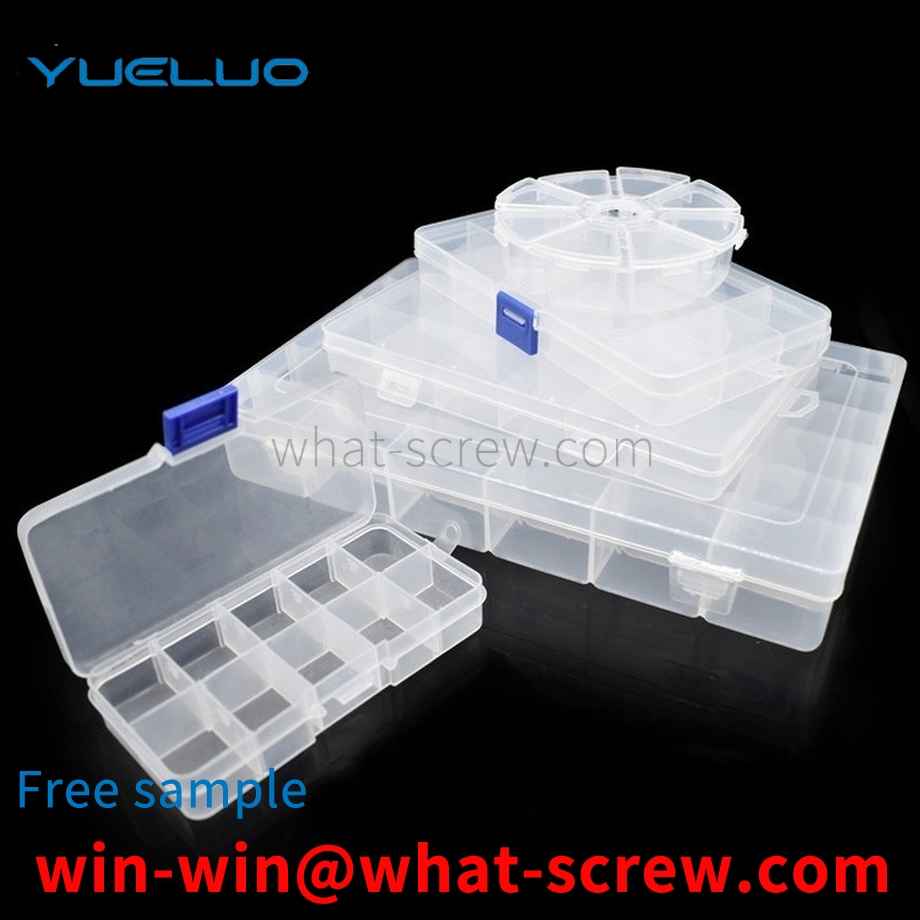
Screw model Drive Code: groove on the head, characteristic model Length Code: screw length (mm) A-1: Thread Code: screw model Metric screws directly indicate the screw model with the outer diameter of the screw, such as M3, the outer diameter of the screw is 3.00mm. ; M4 means the outer diameter of the screw is 4.00mm. Metric Thread Size x Pitch: Note: The metric screw is behind the screw model, and sometimes the screw pitch is indicated. Such as M3x0.5, M4x0.70, M5x0.8, M6x1. Standard specification, usually not mentioned. A-2: Length Code: Screw length: For metric screws, the screw length is directly marked in mm. The total length of the screw is marked, only the length below the head is calculated, excluding the head height. But With the exception of flat head screws, the total length of the screw is marked with the head height. A-3: Drive Code/ Head Groove, Features.
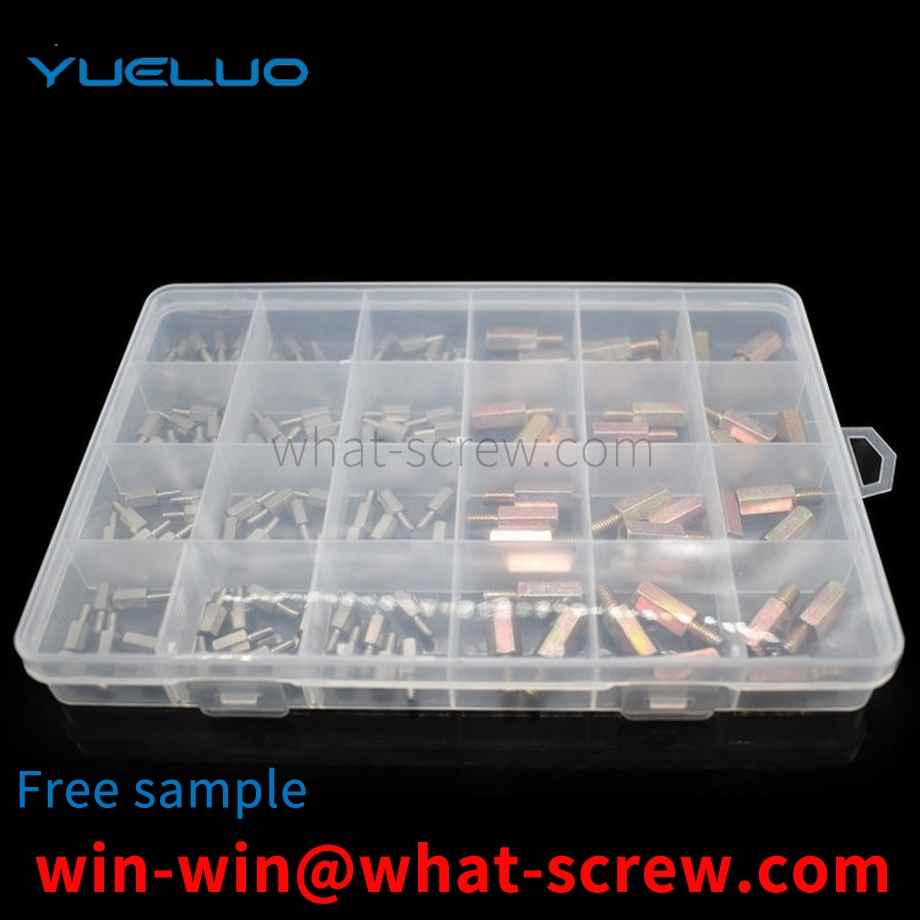
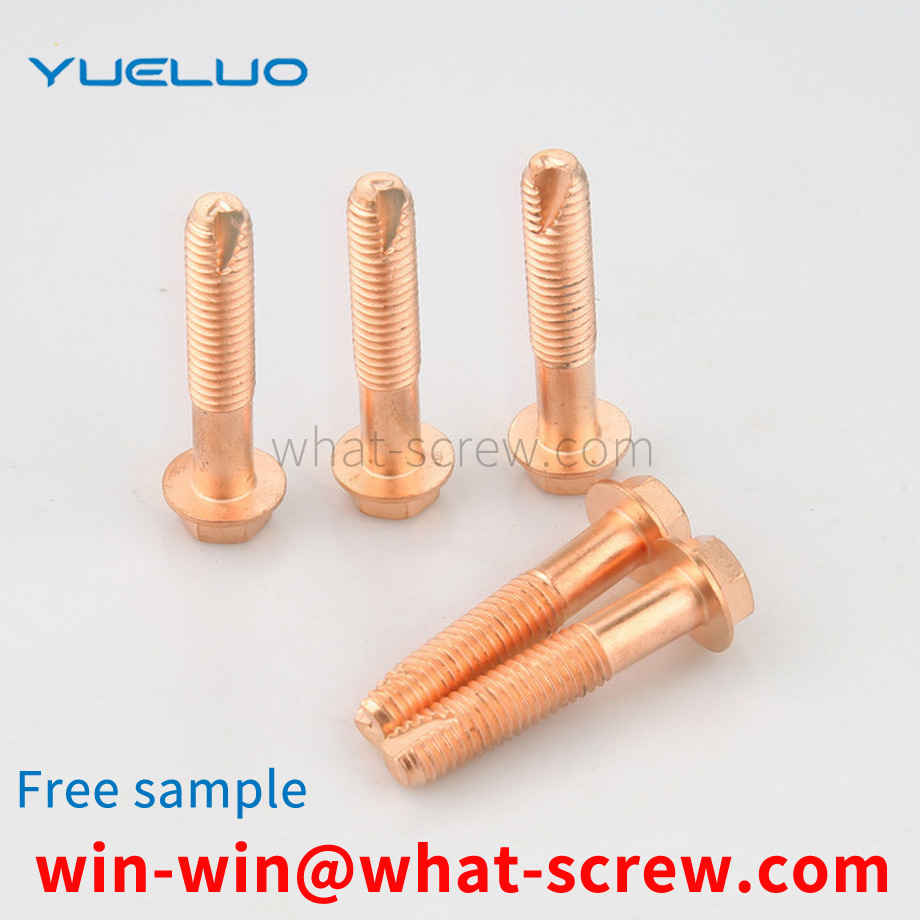
The front wall sound insulation pad is used to absorb the heat and noise transmitted by the firewall, and also plays the role of heat insulation and vibration isolation, ensuring a relatively quiet and comfortable environment in the car and improving ride comfort. As shown in FIGS. 1 and 2 , the front wall sound insulation and heat insulation pad 101 is generally fixed to the vehicle body by means of screw buckles 102 . The screws 100 are clamped by the clamping feet 103 in the screw The limiting rib 104 clamps the screw 100. After the screw 100 is clamped into the screw buckle 102, the tail end of the screw 100 is exposed, which is easy to scratch the operator when assembling other components, and the exposed screw 100 is easy to cause corrosion, thereby affecting the connection strength of the screw 100, and also The service life of the screw 107 is reduced.
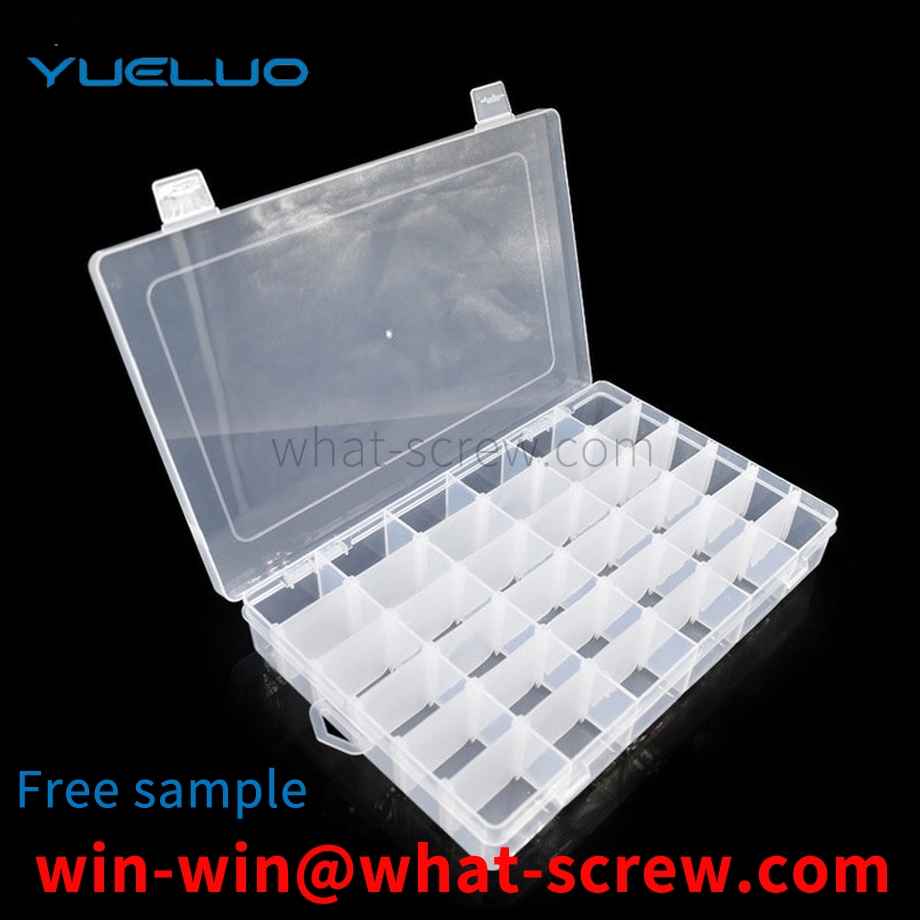
The quality of electroplating is measured primarily by its corrosion resistance, followed by appearance. Corrosion resistance is to imitate the working environment of the product, set it as the test condition, and perform a corrosion test on it. The quality of electroplating products shall be controlled from the following aspects: 1. Appearance: Partial uncoated, scorched, rough, gray, peeling, crusted, and obvious stripes are not allowed on the surface of the product, and pinholes, pitting, and black plating are not allowed. Slag, loose passivation film, cracks, peeling off and serious passivation marks. 2. Coating thickness: The operating life of fasteners in corrosive atmosphere is proportional to its coating thickness. The general recommended thickness of economical electroplating coating is 0.00015in ~ 0.0005in (4 ~ 12um). Hot-dip galvanizing: the standard average thickness is 54 um (43 um for diameter ≤ 3/8), and the minimum thickness is 43 um (37 um for diameter ≤ 3/8). 3. Coating distribution: With different deposition methods, the aggregation method of the coating on the surface of the fastener is also different. During electroplating, the coating metal is not uniformly deposited on the peripheral edge, and a thicker coating is obtained at the corners. In the threaded portion of the fastener, the thickest coating is located on the thread crest, gradually thinning along the flank of the thread, and the thinnest deposit is at the bottom of the thread, while hot dip galvanizing is just the opposite, the thicker coating is deposited on the inside corners and On the bottom of the thread, mechanical plating tends to deposit the same metal as hot-dip plating, but is smoother and has a much more uniform thickness over the entire surface [3]. 4. Hydrogen embrittlement: During the processing and processing of fasteners, especially in the pickling and alkali washing before plating and the subsequent electroplating process, the surface absorbs hydrogen atoms, and the deposited metal coating then traps hydrogen. When the fastener is tightened, the hydrogen is transferred towards the most stressed parts, causing the pressure to build up beyond the strength of the base metal and producing microscopic surface cracks. Hydrogen is particularly active and quickly seeps into the newly formed fissures. This pressure-rupture-penetration cycle continues until the fastener breaks. Usually occurs within a few hours after the first stress application. To eliminate the threat of hydrogen embrittlement, fasteners are heated and baked as soon as possible after plating to allow hydrogen to seep out of the plating, typically at 375-4000F (176-190C) for 3-24 hours. Since mechanical galvanizing is non-electrolyte, this virtually eliminates the threat of hydrogen embrittlement, which exists in galvanizing using electrochemical methods. In addition, due to engineering standards, it is forbidden to hot-dip galvanize fasteners with hardness higher than HRC35 (Imperial Gr8, metric 10.9 and above). Therefore, hydrogen embrittlement rarely occurs in hot-dip plated fasteners. 5. Adhesion: Cut or pry off with a solid tip and considerable pressure. If, in front of the blade tip, the coating peels off in flakes or skins, exposing the base metal, the adhesion shall be considered insufficient.
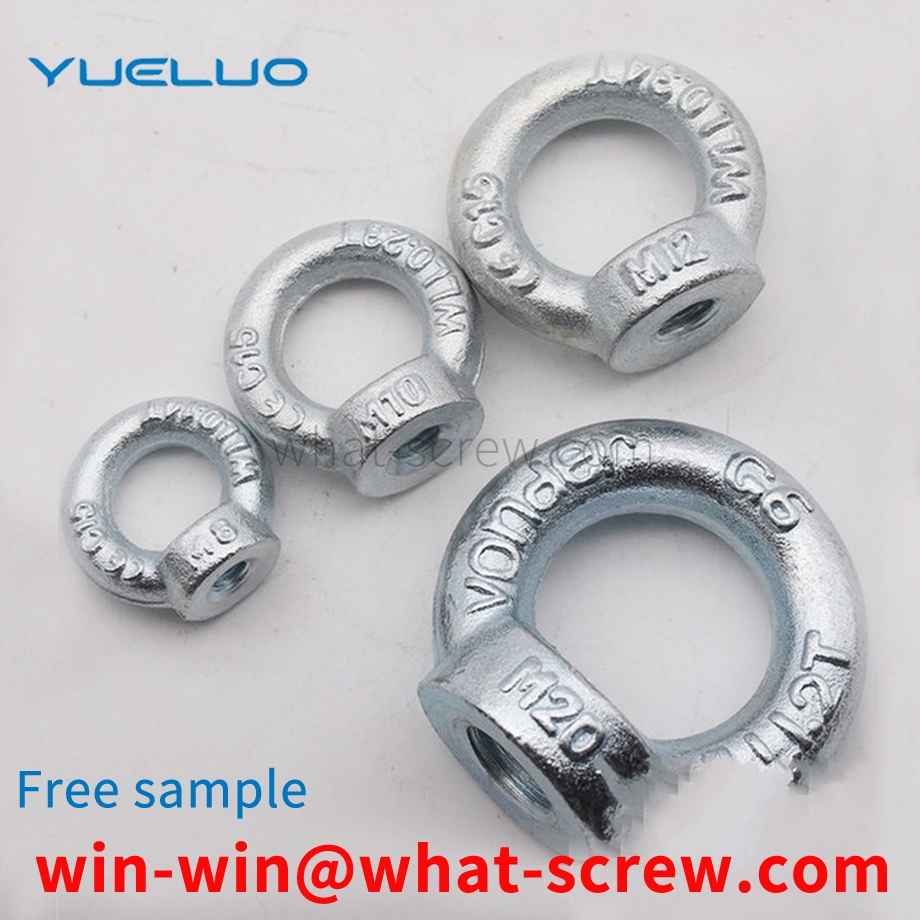
The above content is uploaded by Yueluo or the Internet. If there is any copyright issue, please contact [email protected].

What is the tolerance range of precision screws?

How to choose the right stainless steel screw manufacturer?

Why is there an R angle under the head of the hexagon head s...

We have more than ten years of production experience in the ...

We have more than ten years of experience in the production ...

We have more than ten years of experience in the production ...

We have more than ten years of experience in screw industry ...